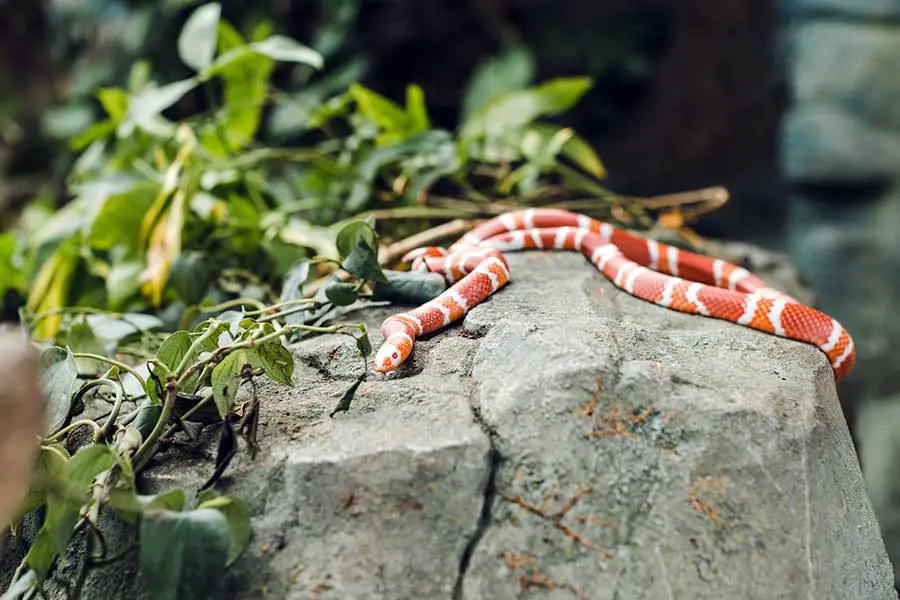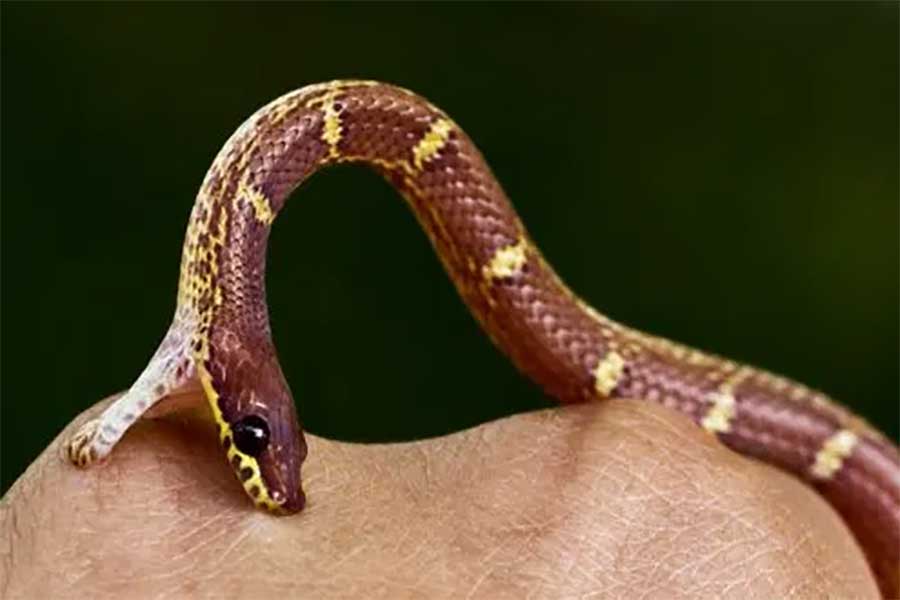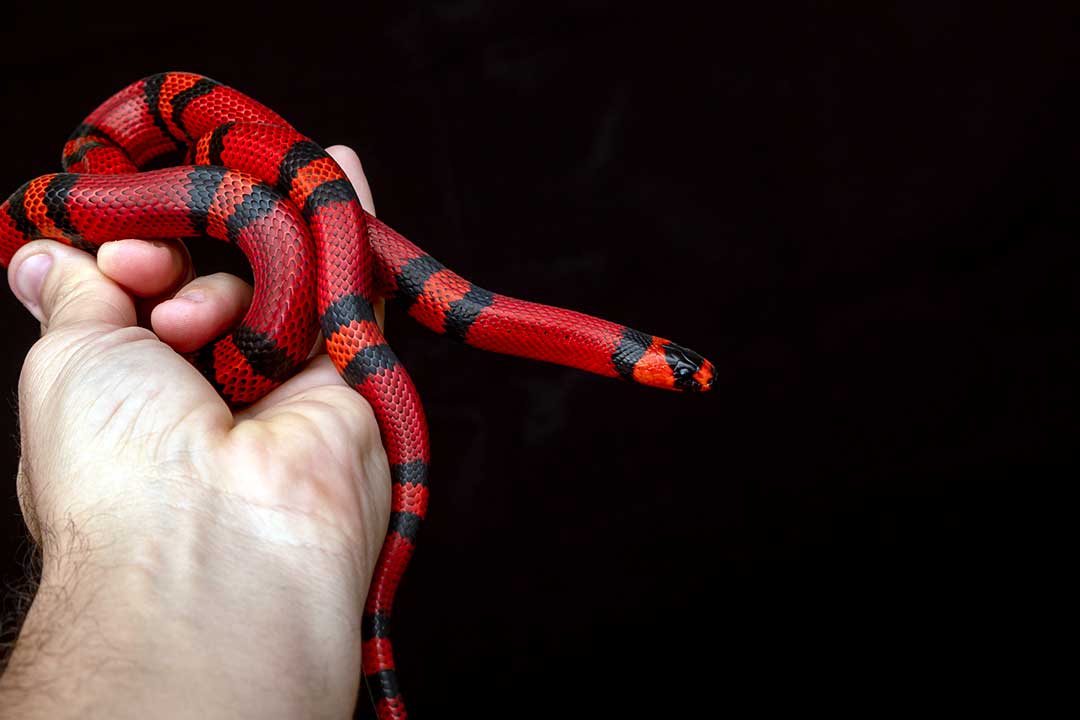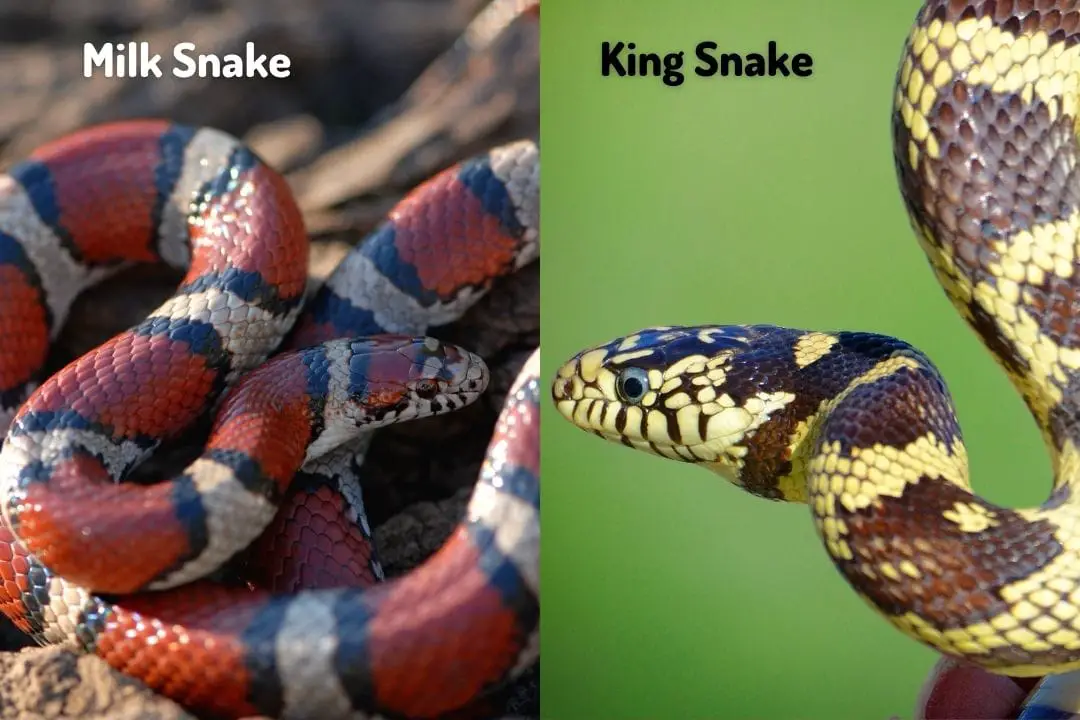If you adore reptiles, the prospect of owning a pet snake may be incredibly alluring. Milk snakes are extremely popular for their interesting patterns and personalities, but will they make good pets?
Milk snakes make fantastic household pets and adapt well to living in captivity. Milk snakes have charming temperaments, are docile and peaceful, and provide invaluable companionship to caregivers.
Milk snakes boast numerous inherent qualities that make them excellent household pets, irrespective of one’s experience caring for a reptile. Join us as we discuss milk snakes as pets and what to expect from your new slithering companion.
Everything you need to know about caring for Milk Snakes in captivity:
Read our Milk Snake Care Sheet (Complete Guide)
Are Milk Snakes Good Pets?
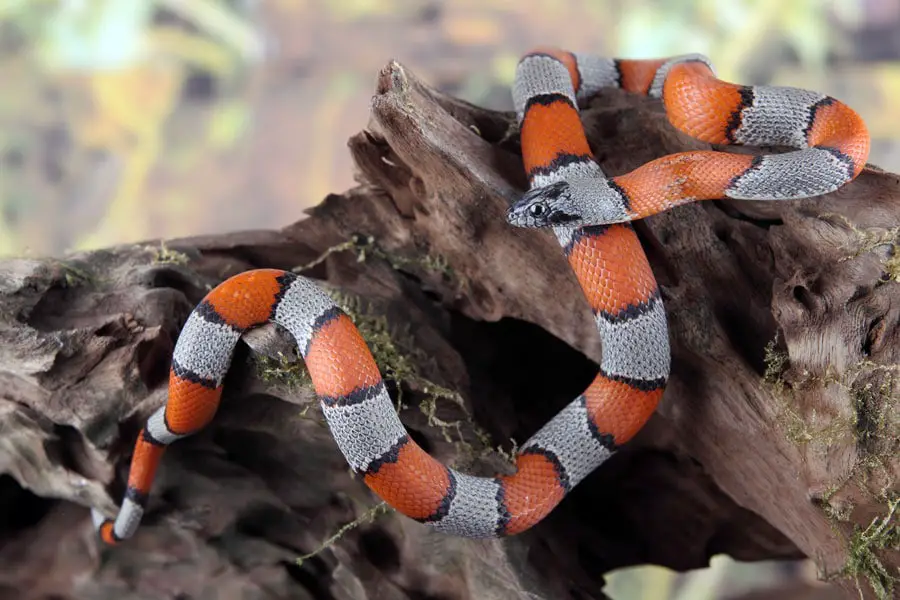
Yes, milk snakes make great pets for reptile lovers, irrespective of experience. This snake species flaunts countless loveable attributes and characteristics, making them an incredibly widespread household pet.
- Able to Adapt to Captivity
The milk snake species does well when living in captivity and becoming domesticated, contrary to many other snake species. Milk snakes become accustomed to captivity quite quickly, especially when cared for from birth. As long as the living conditions are appropriate, comfortable, and safe for the milk snake, they adapt easily within households, making them excellent pets.
- Peaceful but Playful
Although the milk snake is well-known for being shy, relaxed, and docile, they can still be playful when they are in the mood. The balance between these qualities affords the milk snake species with a dynamic personality, providing invaluable companionship for caregivers.
- Lengthy Lifespan
Contemplating the day you’ll have to say farewell to your beloved pet is daunting for any animal lover, and it can be hard to develop strong attachments with pets that do not live very long.
Fortunately, milk snakes boasts a lengthy lifespan of at least 12 years, and they can even live for decades provided that they are cared for appropriately throughout their lives.
Are milk Snakes Easy to Care For?
Yes, milk snakes are relatively straightforward and easy to care for, and this snake species is a common pet choice for persons who have never cared for a snake or reptile before. The predominant area of attention and care for milk snakes concerns the living environment – particularly the lighting, temperature, humidity, and space within the enclosure.
- Diet and Hydration
Milk snakes feed on small prey, including mice, hamsters, birds, frogs, and much more. Generally speaking, milk snakes should only be fed prey that is smaller than the largest area of their body, excluding the head.
Milk snakes are not fussy eaters and appreciate feeding on a variety of prey.
As with all animals, milk snakes will demand more attentive dietary and hydration plans when they are young.
Baby milk snakes, formally referred to as hatchlings, require feeding at least once a week or every five days, accompanied by an adequate fresh water supply around the clock. Baby milk snakes prefer feeding on small prey such as crickets or earthworms.
Once milk snakes are fully grown, they only need to be fed approximately once every 1 – 2 weeks. Feeder mice are a popular choice for milk snake owners, and the low demand for feeding makes them incredibly straightforward to care for and maintain throughout their lives.
- Affection and Handling
Although milk snakes are shy and timid, they can be tame and lively when they want to be.
They appreciate receiving affection through handling from caregivers, and such interaction assists in developing trusting bonds with loved ones.
Milk snakes still go through different phases of life, which will necessitate some attentive parenting skills on caregivers’ parts.
Similarly to humans, milk snakes will require more handling when they are young as they are still developing relationships and forming attachments to loved ones.
When they go through adolescence, it’s common for them to experience mood swings, resulting in diverse reactions to handling from caregivers.
Once milk snakes are seniors, they may be irritable but will normally still be very tame.
What’s crucial is that milk snakes are handled gently and carefully, strengthening trust over time.
Are Milk Snakes Dangerous?

Milk snakes are not particularly dangerous compared to many other snake species, making them great choices for family pets. This snake species is not aggressive, territorial, or confrontational.
Although, they may act up when they feel stressed, such as if the environmental conditions are not appropriate for the species.
But, their peaceful and docile temperament makes them far less likely to bite or attack others, even though they may still lash out when they feel threatened.
Snake venom is undoubtedly one of the most stress-inducing factors when considering having a snake as a pet, and many owners choose to have pet milk snakes since they are non-venomous.
Common Milk Snake Health Problems
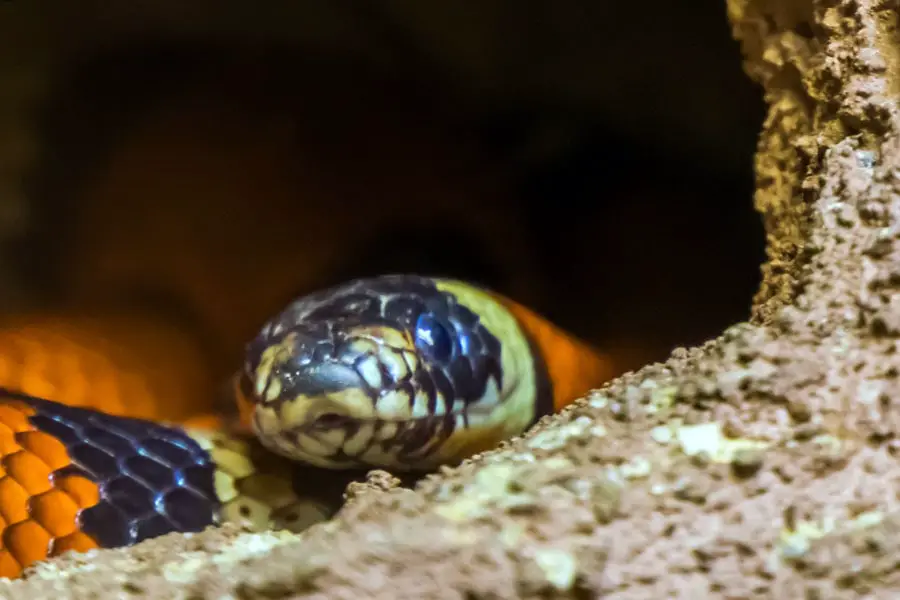
While the milk snake is straightforward to care for, there are a few potential health problems they may encounter.
Caregivers should always be mindful of these health risks and should ensure that trips to the vet are consistent, being conducted routinely at least once a year.
- Mouth Rot
Otherwise known as infectious stomatitis, mouth rot is a bacterial disease that causes a yellow substance to line the milk snake’s mouth and teeth. It is caused by injuries or lodged matter and will eventually eat at the surrounding tissue.
- Respiratory Infections
Fluctuating humidity and temperatures, cold habitats, and overcrowding can cause URIs (upper respiratory tract infections) and pneumonia in worsened cases.
Milk snakes suffering from such problems will wheeze, breathe with open mouths, and secrete crusty or fluid substances from their nostrils. Antibiotics are necessary for treatment.
- Dehydration
Dehydration can cause various issues and can occur if the milk snake does not get enough water or if the environment is not humid enough. The skin will become dry, which will lead to various problems such as troubles during shedding.
- Infectious Diseases and Parasites
Milk snakes can suffer from mite infestations, which can be transferred from infected snakes or directly from the breeder. Mite infestations have a visual appearance resembling moving dots, ranging in color from red, white, or black.
Mites feed on the milk snake’s blood at night and cause numerous related health problems in the process. Treatment requires miticides, medication, and bathing.
Milk snakes are undoubtedly one of the most popular snake species to care for as pets. They flaunt many favorable genetic traits preferred by reptile lovers and offer caregivers plenty of precious memories, companionship, and affection with minimal maintenance and safety risks over time.
